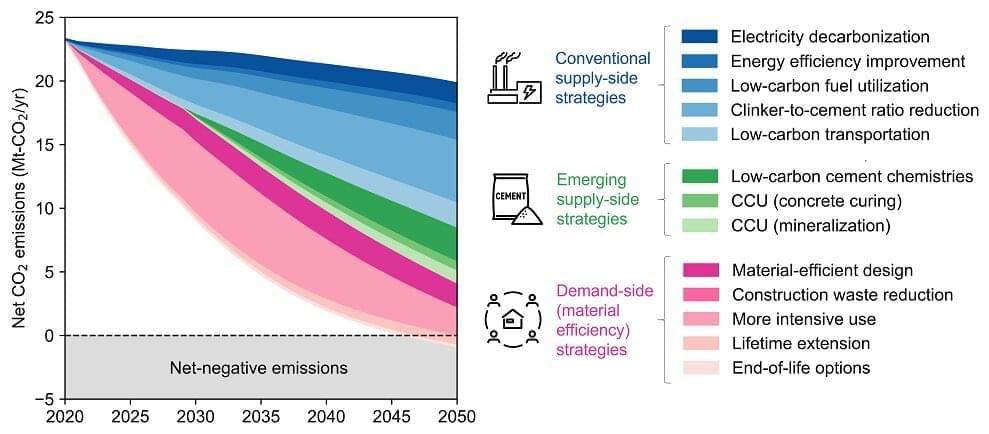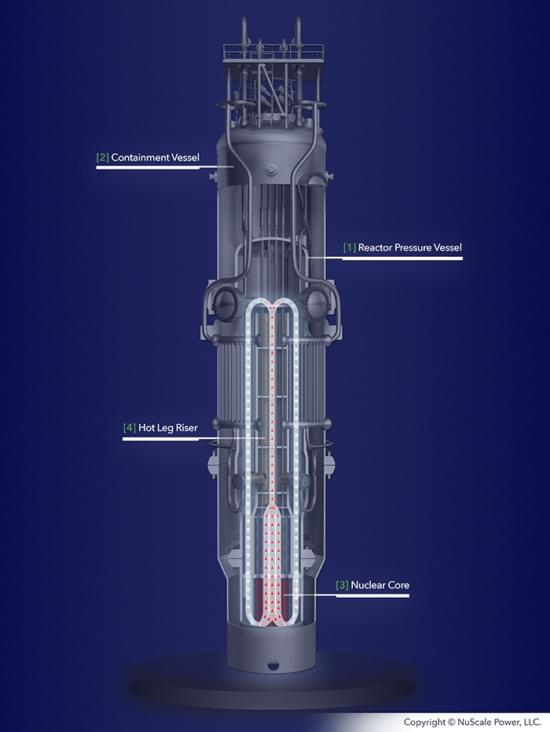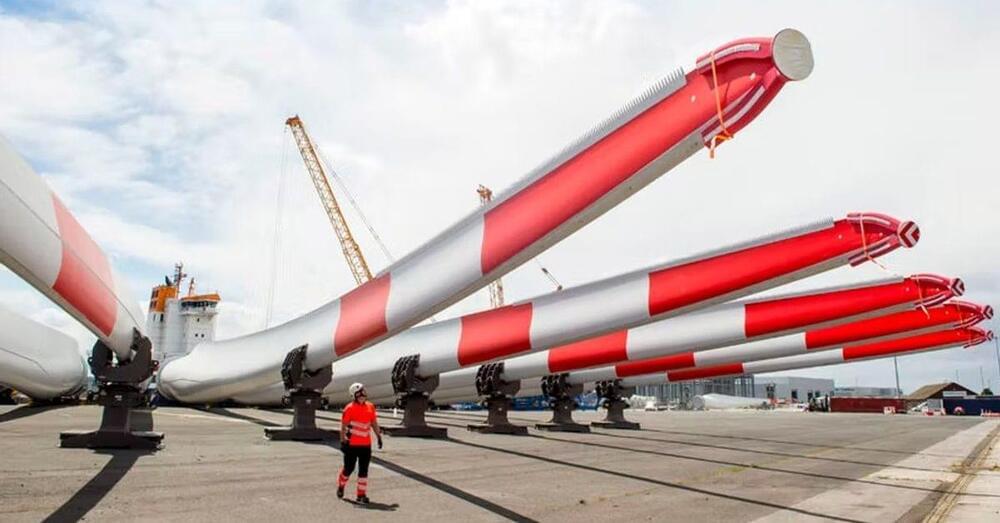The economy of Southern Africa is rapidly developing, driving a growing demand for electricity. Efficiently meeting this demand will require balancing social, economic, geographic, technological and environmental considerations.
Researchers at UC Santa Barbara led an international team that analyzed the region’s resources and power grid. Using this data, they developed an energy portfolio that most effectively meets Southern Africa’s 2040 energy requirements, finding that wind and solar are the region’s most cost-effective options. What’s more, their model’s proposal effectively freezes greenhouse gas emissions at 2020 levels while doubling the amount of electricity the grid can produce. A detailed analysis appears in the journal Joule.
Currently, Southern Africa’s 315 million people use about 275 terawatt hours, roughly the same amount as California. “However, Southern Africa is expected to double its electricity demand by 2040,” said co-lead and corresponding author Ranjit Deshmukh, an assistant professor in UCSB’s Environmental Studies Program. “Developing the region’s excellent wind, solar and natural gas resources is the least expensive option for its consumers, and can meet this demand without increasing the region’s electricity sector carbon emissions.”







